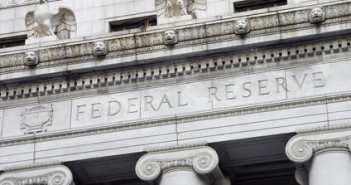Markets are obsessing with the timing of the next rate hike in the US but is it really the true level of tightening?
Here is their view, courtesy of eFXnews:
Can we be sure the Fed has only tightened 25 basis points? In our view, the 25bp of Fed hikes reveals little about how much the Fed has truly tightened. The “liftoff” from extraordinary, unconventional monetary easing to the start of tightening was an enormous leap. Several measures suggest the Fed’s hawkish shift was even greater than in either the 1994 or 2004 rate hike cycles. If the policy rate doesn’t reflect policy tightening, then what does?
We consider a range of market metrics typically included in financial conditions indexes. From credit spreads to the dollar, it appears the Fed has gotten far more “bang for its buck” when it comes to tightening.
We estimate that the combined tightening from September 2014 to January 2016 was equivalent to 273bp of tightening.Market rebound since early-2016 did not offset past stress with “cuts” The tightening of financial conditions motivated the Fed’s dovish turn in March, and conditions have eased since: credit spreads narrowed, equities rose, the dollar weakened, and Treasury yields fell further. We estimate easing since January provided a combined 134bp “cut” offset, leaving a high degree of net tightening (~139bp).
Why does this matter? Greater sensitivity and less space for hikes Fed tightening may not be properly understood. The Fed likely has a shorter distance to go with rate hikes this cycle, and may have already delivered a significant chunk of tightening indirectly – via financial conditions. Future hikes may have less of an impact than the first; nonetheless, if hikes continue to have substantial market consequences, the risk the Fed runs is unintended cooling of the economy with fewer-than-intended hikes. This is obviously a risk for equities and a driver for flatter curves in fixed income.
How to position if the Fed underestimates tightening risks? Against this backdrop, we stay short EM, where we would expect to see USD strength vs. EM currencies, as well as assets and currencies exposed to EM, such as the AUD. We also recommend hedges for long DM equities, such as long EUR/SEK with in G10 FX. In corporate credit, we prefer longer duration US high grade bonds vs. high yield, since the Fed may put further pressure on firms with weaker credit fundamentals.
For lots more FX trades from major banks, sign up to eFXplus
By signing up to eFXplus via the link above, you are directly supporting Forex Crunch.
